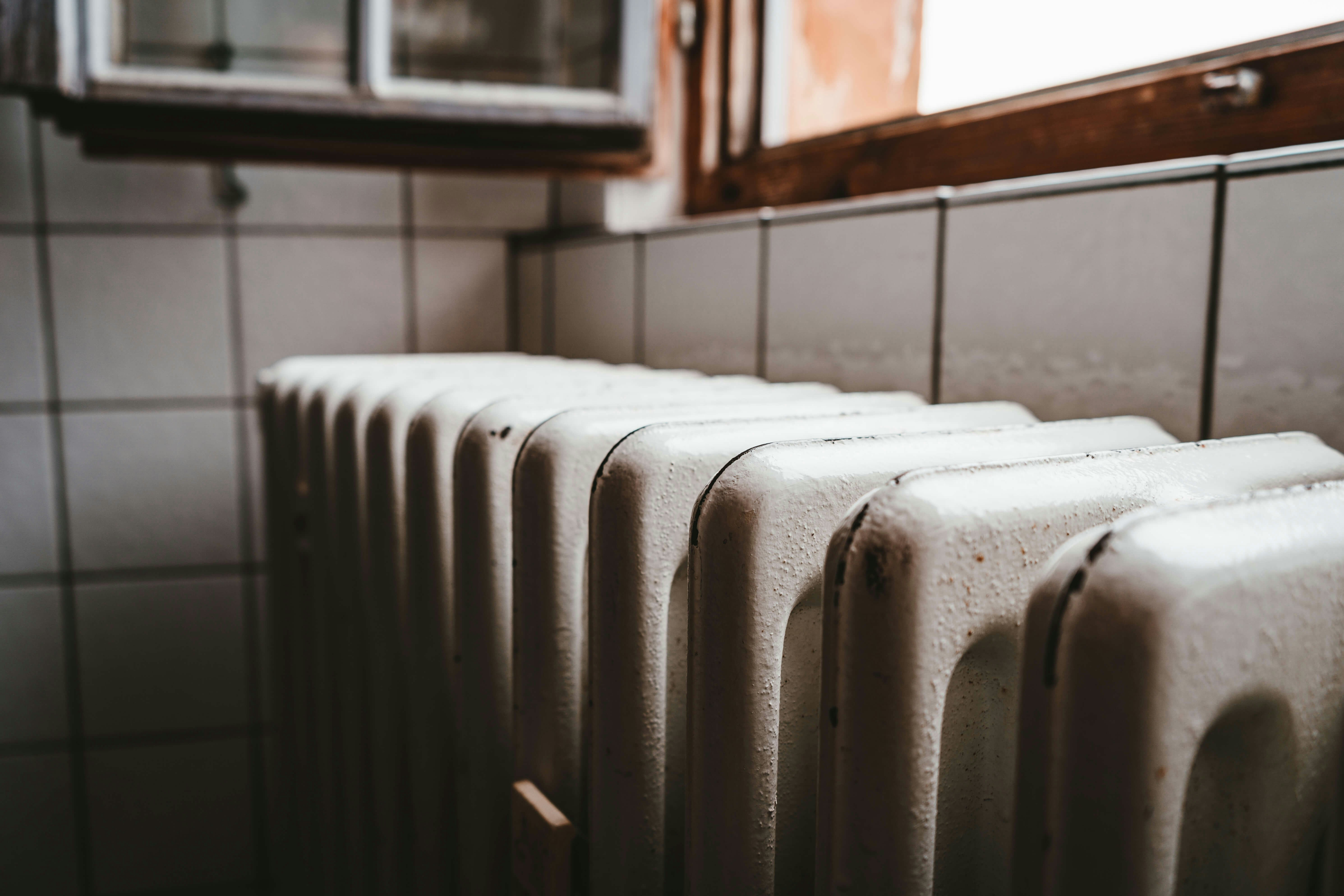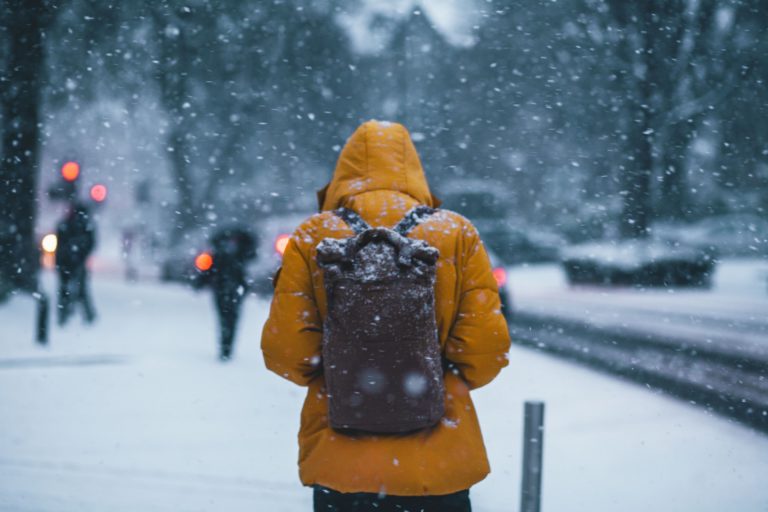As a homeowner, you may be aware that the cold winter months can do a lot of damage to your home. In anticipation of all the repairs that may be needed later, and for the comfort of your family, it’s always best to prepare well in advance, ensuring the security and integrity of your dream home’s exterior and structure. Here are just a few important tips for double-checking the areas that may need the most work.
Nature’s Potential Damage
One of the most likely factors in damage to your home is the wind itself. During both the winter months or (depending upon where you live), the hurricane season, high winds can be a powerful force. Toppled trees and branches, fallen wires, and unchecked breaks in the masonry and wood can lead to mold accumulation from rain and melted snow, as well as frequent drafts inside.
Also, clogged gutters can lead to further leaks and water damage or flooding in the lower levels and basement. It’s a good idea to keep an eye on both areas. If you’re still in the planning stages with your builder or contractor for your own home, these are also some things to consider before building a house.
If a winter storm is particularly harsh in your area, keep in mind that ice can freeze trees and bushes, causing them to fall over and damage any part of your home if it’s nearby. In the same way, dense, heavy snow can accumulate on your roof and cause its own destruction if left unchecked.
Cold Weather

Don’t let the winter cold affect your household. In any area, the cold temperatures in wintertime can wreak havoc on your home’s internal water pipes which can easily freeze and become vulnerable to cracks and splits. Much like breaks in the roofs, this can cause leaks, heat loss, and mold anywhere that is located beneath the roof, so checking the roof is your first step. Unfortunately, even more, problems can come if you tend to use the heat often during the winter months, as the heat trapped within the house causes moisture in the air, ultimately allowing for more mold to grow without the proper insulation or ventilation.
During the winter weather, be sure to keep an eye on your chimney for the same drafty problems, as well as your attic and crawl space. Also, your house’s exterior paint, as peeling or chipping can be the first indication of water leakage. The same goes for checking your roofing tile work, as loose shingles that have been torn or broken due to wind and cold air may be another sign of growing danger.
Your Home’s Interior

Although the home’s exterior may take the brunt of winter’s potential damage, your interior can have many vulnerable areas of its own, especially the plumbing. As part of the process of your winter checklist, be sure to be double-checking that your furnace is properly filled with propane or fuel oil and to remove any window air conditioners that may allow drafty air. If it’s been a long time, be sure your air unit is in proper working order, as the cooling and heating system itself is going to be working quite a bit throughout the winter. In the long run, just remembering to change your air filter regularly can prevent costly damage later!
Always keep your home’s windows’ blinds and draperies closed and properly sealed, especially if they are located in direct sunlight; this can be another spot susceptible to mold. While you’re at it, be sure to install draft snakes on those window sills, at least for the winter months.




